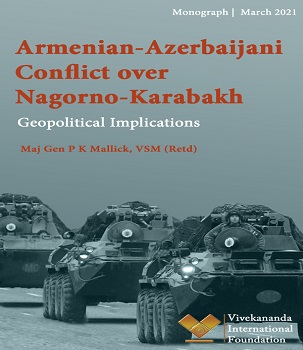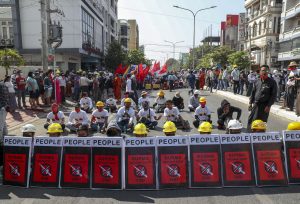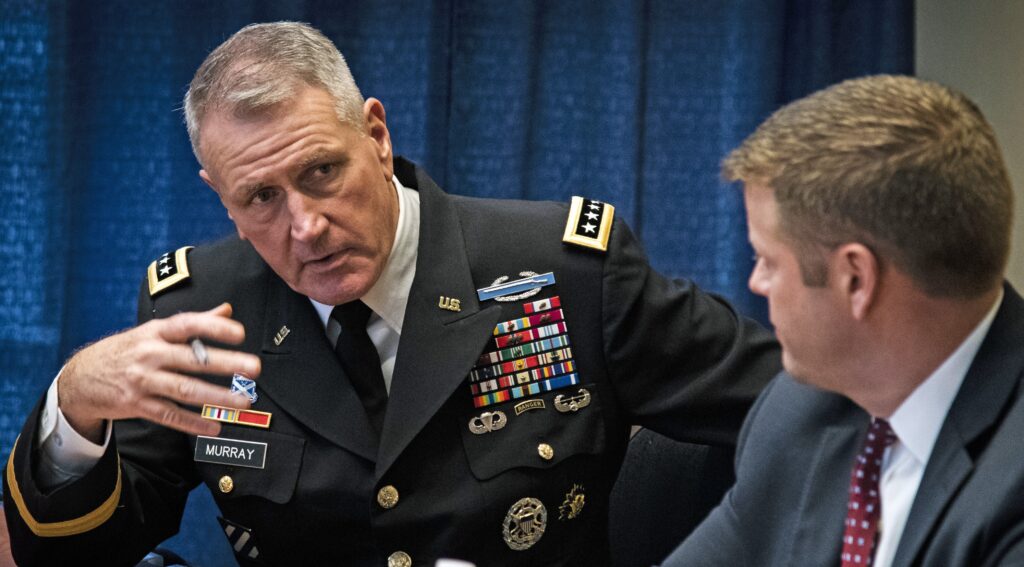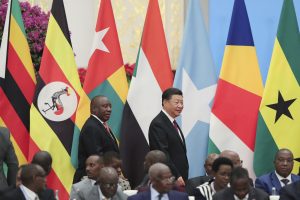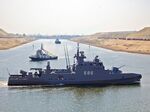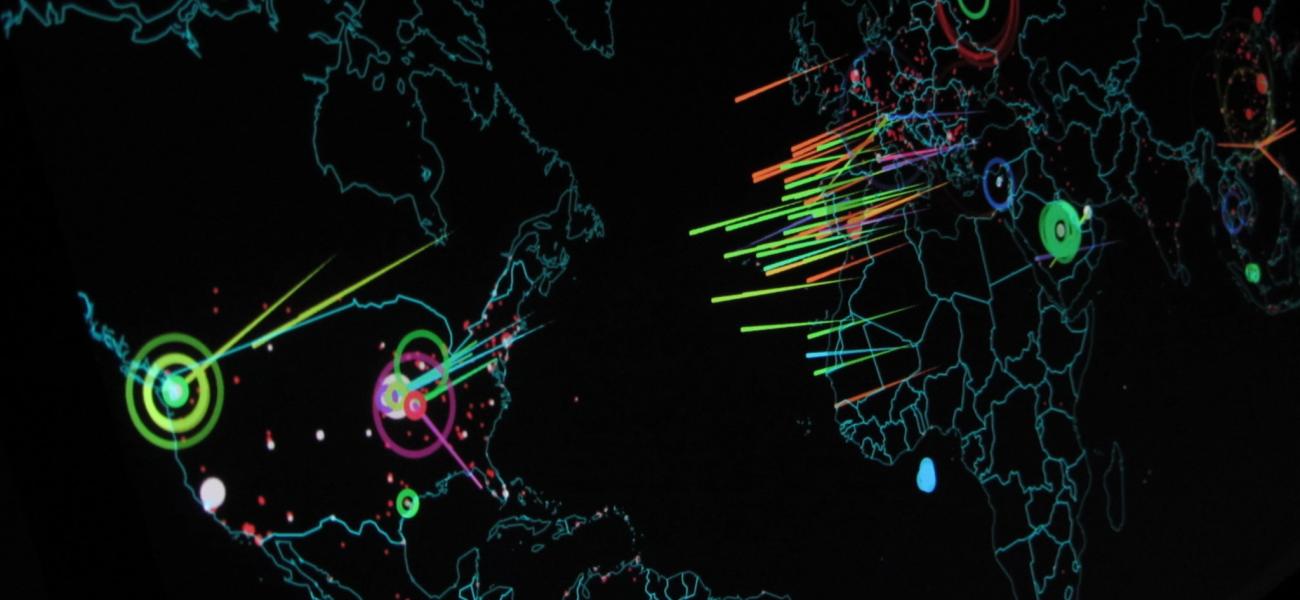BY JACK DETSCH
The Biden administration has found a receptive ear in Asian capitals for pushing back on China’s territorial expansion. It is getting increased buy-in for the Quadrilateral Security Dialogue from Japan, as well as from long-wary partners India and Australia, which recently began military exercises together again after a long pause. And the new team is trying to make strides with Japan and South Korea by burying the hatchet on negotiations over the cost of hosting U.S. troops there.
But in the rare moments that U.S. Secretary of State Antony Blinken and Secretary of Defense Lloyd Austin weren’t slammed with meetings, calls, and press conferences in their first overseas visit last week, U.S. officials were wrestling with a more far-reaching question: What should the American alliance structure look like in a continent that houses nearly two-thirds of the world’s population and America’s biggest strategic rival?
The Biden administration, like the Trump administration before it, has tagged China as its top geopolitical rival. But President Joe Biden and his team, unlike their direct predecessors, want to contain any threat from China with the help of allies and partners, rather than unilaterally. In the early days of the Cold War, Washington helped shepherd a group of like-minded European countries to counter the Soviet threat. In the confrontation with China, the United States doesn’t have those same options. The question, essentially, is how to contain China with a very different mix of partners.
What’s safe to assume, U.S. officials said, is that the United States isn’t going to assemble a NATO-like group to counter China. But, after World War II, Washington did build a constellation of treaty alliances with Japan, South Korea, Australia, the Philippines, and Thailand, which became the much-vaunted hub-and-spoke model for U.S. security in Asia for more than half a century. Today, the Biden administration hopes to turn to smaller groupings—bilateral, trilateral, or even multilateral clusters of countries that can do something similar.

